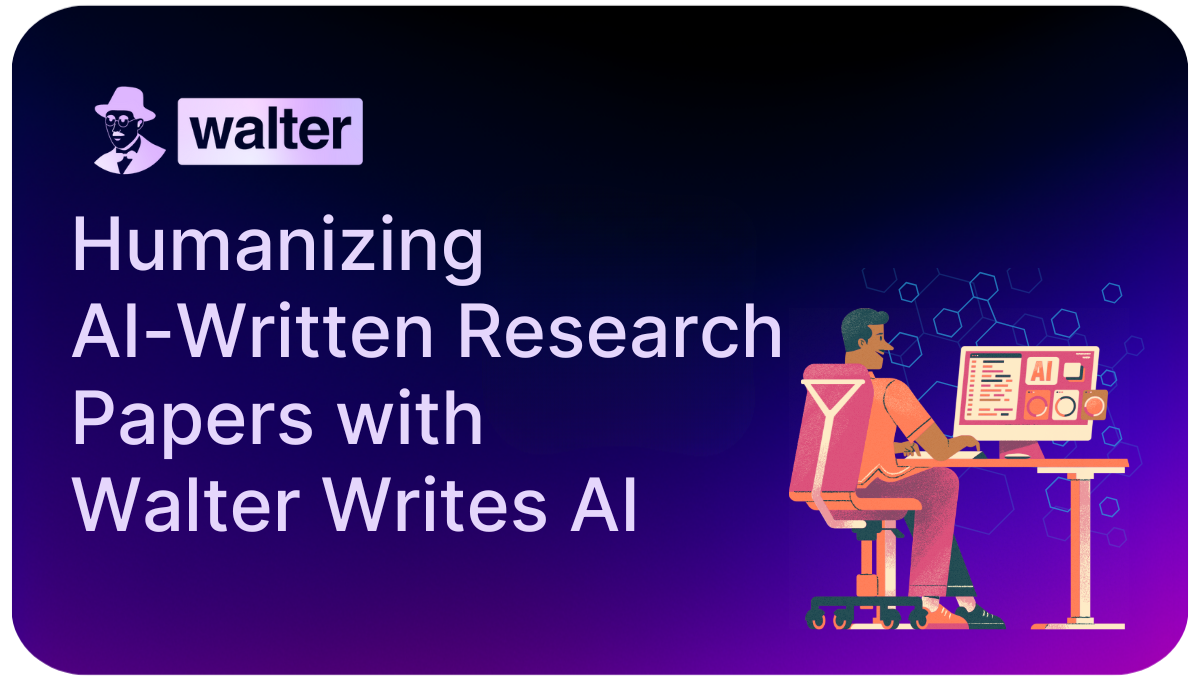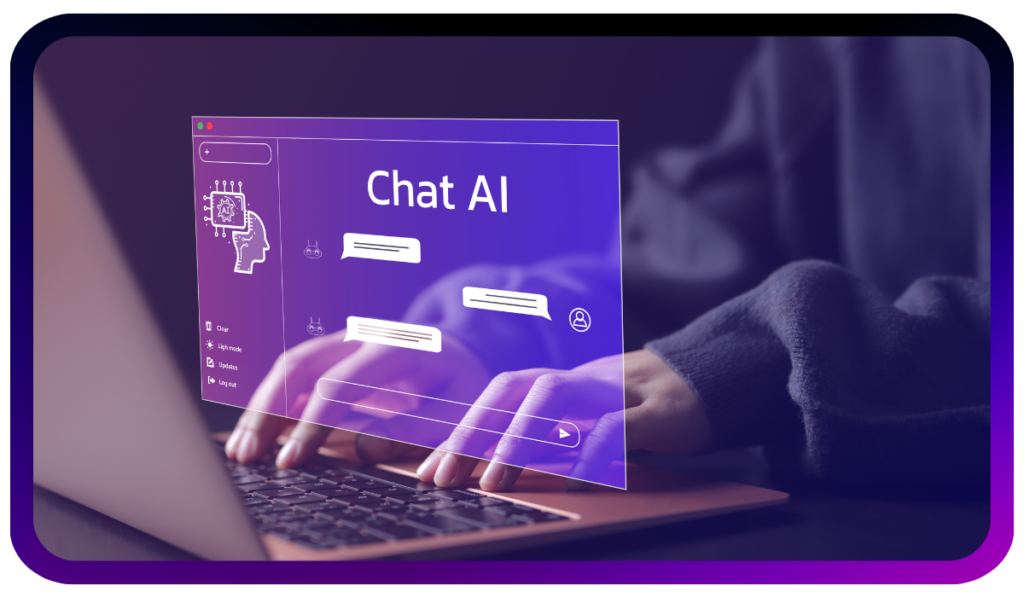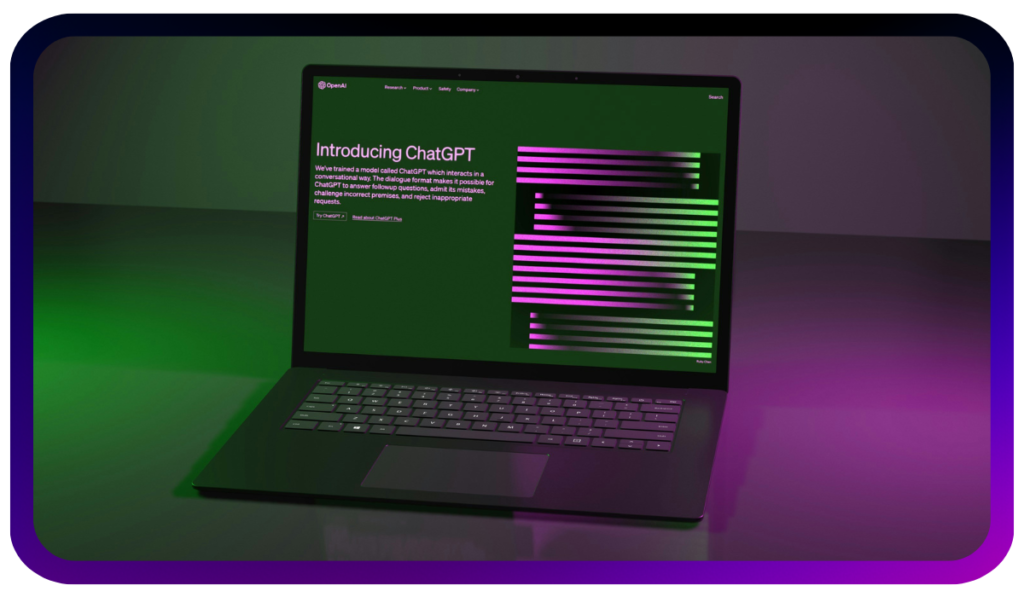These days, AI has become a go-to resource for students and researchers tackling papers and theses. From brainstorming ideas to sketching out early drafts or organizing sections, tools like ChatGPT and Claude are making the writing process faster and more manageable. But while AI can help get the ball rolling, it often misses the mark when it comes to sounding truly human, lacking the depth, nuance, and critical thinking that academic writing demands. Therefore, humanizing AI-generated research papers are more important than ever.
Universities and academic institutions are becoming increasingly vigilant, using tools like Turnitin’s AI detection and GPTZero to identify machine-generated content. The consequences for flagged work can be severe, ranging from failed assignments to disciplinary action for academic dishonesty.
That’s where Walter Writes AI comes in. Unlike standard paraphrasers or AI generators, Walter Writes AI is specifically designed to humanize AI research writing, making your content sound original and naturally written, while staying true to your academic intent.
→ AI writing doesn’t always sound natural—this tool fixes that in seconds.
Why AI-Generated Research Papers Get Flagged
Common AI Traits: Repetition, Lack of Voice, and Generic Phrasing
Most AI-written texts share telltale signs: repetitive sentence structures, vague generalizations, and a lack of authorial tone. In academic contexts, this can be particularly damning. Reviewers and detection tools are trained to pick up on formulaic writing that lacks intellectual depth or personal insight.
Inconsistencies in Logic or Argumentation
AI tools are great at mimicking structure, but they often stumble when required to form coherent, logically layered arguments. An AI-generated thesis might introduce a concept in the introduction, but fail to properly develop or resolve it later on.
How Turnitin and GPTZero Flag AI Content
Turnitin now includes an AI writing detection tool that assesses sentence-level probability to determine if a passage is machine-generated. Similarly, GPTZero examines sentence complexity, burstiness, and perplexity to measure how “human-like” a text feels. Even well-intentioned students can find themselves flagged just for relying too heavily on AI.
How Walter Writes AI Humanizes Your AI-Generated Research Writing
Unlike basic paraphrasing tools, Walter Writes AI was built with academic standards in mind. Its algorithms don’t just swap out synonyms—they restructure sentences, vary tone and cadence, and enhance readability.

Natural Sentence Restructuring and Tone Correction
AI-generated sentences often read like overly formal encyclopedia entries. Walter Writes AI rebalances this by rewriting sentences to sound like a human academic: nuanced, varied, and purposeful.
Before Walter Writes AI:
“Climate change is an important issue in the world today because it causes a lot of problems.”
After Walter Writes AI:
“Climate change presents one of the most pressing global challenges, impacting ecosystems, economies, and public health worldwide.”
Improves Flow and Academic Readability
Flow is critical in research writing. Walter Writes AI scans for transitions, coherence, and logical development, ensuring your paper reads smoothly from paragraph to paragraph.
Keeps Factual and Citation Accuracy Intact
While many rewriting tools alter facts or misplace citations, Walter Writes AI is designed to preserve data points, numerical values, and in-text citations, so you don’t have to go back and fix every reference manually.
Addressing Citations & Plagiarism in AI-Assisted Papers
One common trap students fall into is letting AI fabricate citations. These tools often cite articles that don’t exist or mix metadata from different sources.
Walter Writes AI doesn’t generate citations—it refines the language around them. That means your real sources remain intact and properly attributed, avoiding the risk of academic misconduct.
For best results, use Walter Writes AI in tandem with your university’s preferred citation tools—like Zotero or EndNote—and always double-check final references.
Step-by-Step: Using Walter Writes AI To Humanize AI-Generated Research Papers
- Upload or Paste Your Draft
Start by uploading a section of your research paper—whether it’s a literature review, a methodology write-up, or your thesis introduction.
- Select “Academic” Readability & Purpose
Choose from several readability and purpose presets, including Academic, Doctorate, and University—each designed to meet different research paper styles.
- Rewriting Flow and Sentence Balance
Walter Writes AI automatically identifies robotic phrasing and replaces it with varied, human-like alternatives. It also adjusts sentence length and rhythm for better readability.
- Export and Personalize
Download the rewritten version and make final edits—personal tweaks, nuanced transitions, and voice adjustments that reflect your unique perspective.
Formatting Tips for Theses and Final Papers
- Title Pages, Abstracts, and Citations – What AI Tools Miss: AI often stumbles on formatting. Walter Writes AI doesn’t handle cover pages or citation styles directly, so be sure to format according to your university’s guidelines—APA, MLA, Chicago, or otherwise.
- Final Polish: Headings, Transitions, and Data Presentation: Use your own judgment to create strong subheadings, clarify data visualizations, and ensure smooth transitions. Walter Writes AI enhances your draft, but doesn’t replace academic strategy.
- Making Your Paper Submission-Ready: Always review your rewritten text with a critical eye. Consider tools for grammar checks, and run your final draft through the Walter Writes AI detector tool to be safe.
Ethical Considerations in AI-Assisted Academic Writing
- Using AI as a Writing Aid, Not a Shortcut: Walter Writes AI isn’t meant to write your paper for you—it’s a tool for refining what you’ve already written or outlined. It helps you sound natural and professional, not robotic.
- Maintaining Authorial Ownership and Original Voice: Even after rewriting, your ideas, arguments, and research remain your own. Walter Writes AI enhances your voice—it doesn’t replace it.
- Walter Writes AI as a Compliance-Friendly Tool: Unlike many AI paraphrasers, Walter Writes AI was built to align with academic integrity guidelines from major institutions like Harvard University and MIT.
User Testimonials: How Walter Writes AI Helps Humanize AI-Generated Research Papers
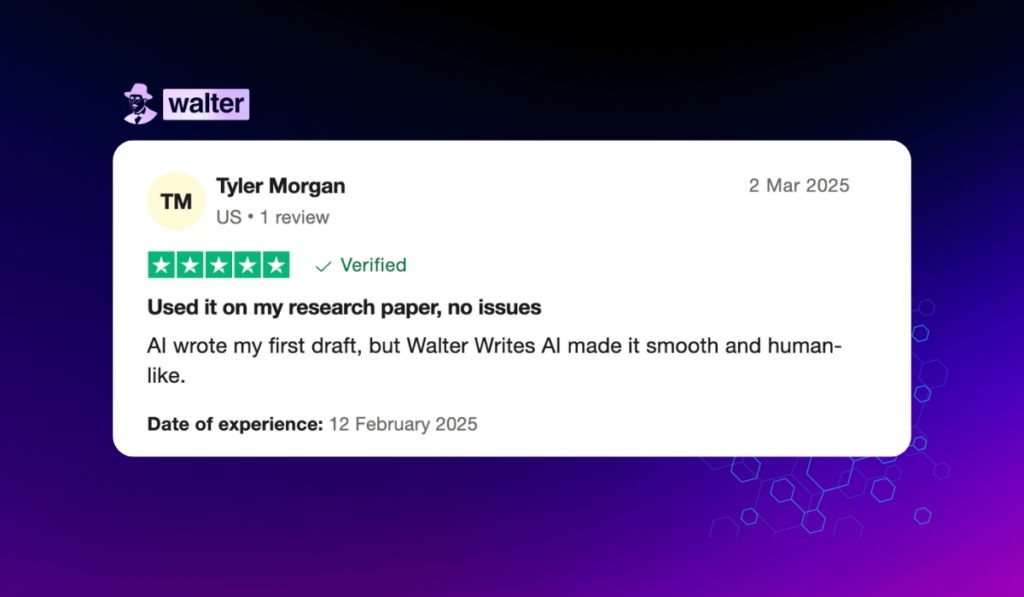
Conclusion – Humanize Research Papers with Walter Writes AI
In the age of AI, it’s never been easier—or riskier—to rely on digital tools for research writing. Walter Writes AI strikes the balance: it enhances your draft, rewrites robotic phrasing, and preserves your academic integrity.
For students, graduate researchers, and scholars navigating the complexities of AI plagiarism detection tools, Walter Writes AI offers a secure, effective solution. You stay in control. Your voice stays authentic. And your research remains original.
✅ Avoid AI flags and uphold your academic integrity. Let Walter Writes AI transform your thesis into original, human-sounding research.
👉 Use Walter Writes AI Free

